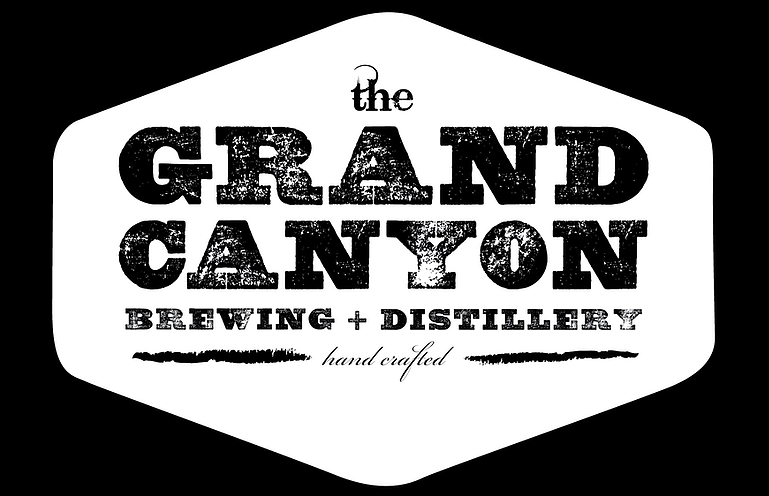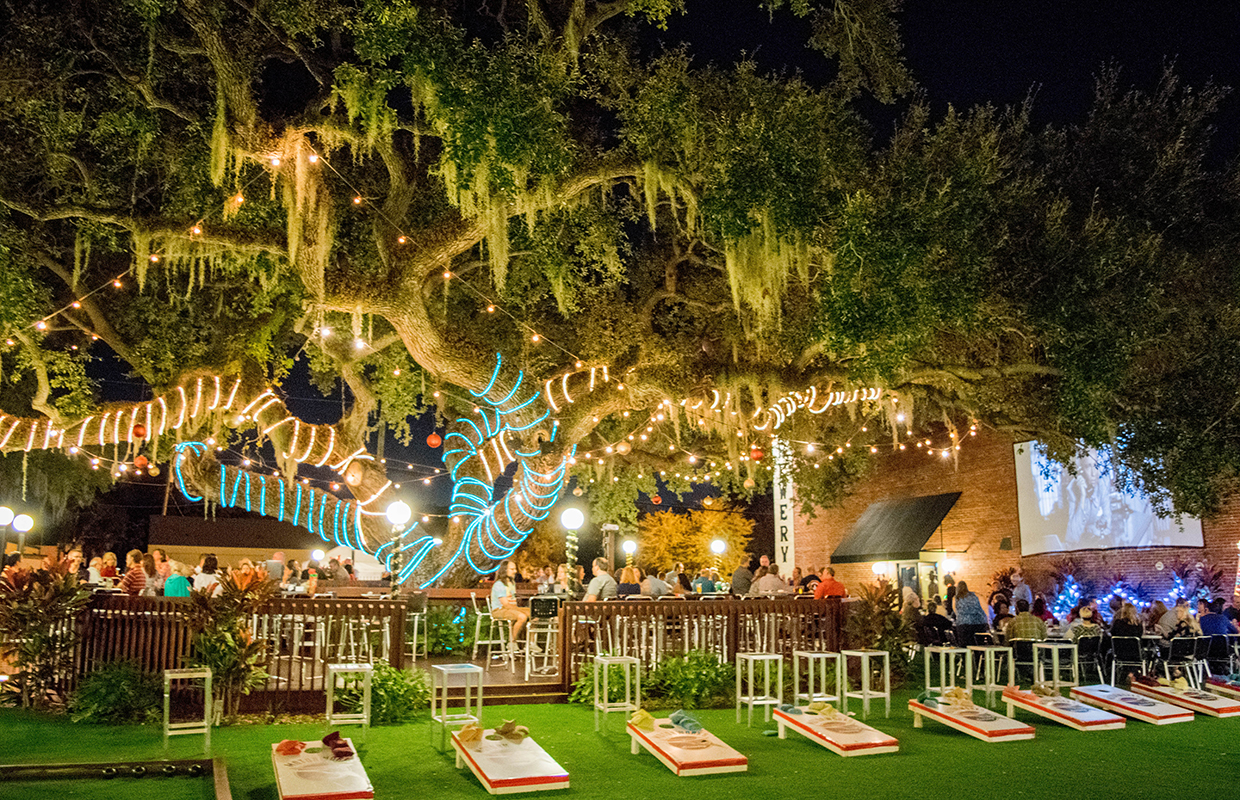
Wine industry veteran, Eric Guerra, once argued in a seminar that craft beer should position itself as a luxury product rather than a commodity. Beer — like wine, he said — is a discretionary purchase rather than a necessity. Eric Guerra, an author and businessman in the wine sector, cited Coco Chanel’s view that “luxury begins where necessity ends” and compares beer to high-end wine pricing, noting that while Pliny the Elder is a sought-after, high-quality beer, it’s far cheaper than an equivalent “luxury” wine like Santa Margherita Pinot Grigio.
Guerra points out that wine has successfully created tiers of luxury: from affordable “everyday” wines to bottles costing thousands. Yet, beer rarely differentiates itself this way.
He stressed that the mindset within the wine industry treats all products as luxury items, regardless of price point. Drawing from Harley-Davidson’s brand strategy, Guerra shared that excellence in branding, product, and organizational execution builds a loyal following and elevates perception.
For brewery owners, building a luxury identity involves more than just raising prices. It requires consistent excellence, emotional brand connection, and a premium image across all touchpoints. With the cost associated with creating high-quality beer, perhaps breweries should look to elevate their look to help justify costs. That doesn’t mean abandoning your core clientele, but instead look to find ways to elevate yourself to customers with more disposable income.
Here are some questions to consider
- Are you unintentionally marketing your beer as a commodity rather than a premium experience? Even in storytelling your brand, luxury isn’t just about price—it’s about legacy, rarity, and artistry. Instead, highlight ingredient sourcing (local maltster, foraged botanicals, estate hops), a unique brewing process (open fermentation, koelschip, extended lagering), or even the human hands behind it (brewer’s philosophy, sensory expertise). Wine and high-end spirits often use a minimalist, elegant design. Test whether clean, restrained labels make your beer feel more premium than loud, cartoon-style cans.
- Could your brewery create product lines or limited editions that establish different “luxury levels” within your portfolio, similar to wine? Once or twice a year, produce a meticulously crafted, small-batch beer with premium ingredients (think wine barrels, heritage grains, or experimental hops). Package in 750ml cork-and-cage bottles, hand-numbered. Create a “cellar-worthy” line that’s designed for aging. Treat it like a collectible, with each release tied to a story and year. Work with renowned brewers, chefs, or even luxury brands outside of beer to create co-branded exclusives.
- Does your team truly believe you are in the luxury business, or does the internal culture treat beer as an everyday good? If your staff doesn’t believe your beer is worth premium treatment, customers won’t either. That means training bartenders to speak about beers like sommeliers do with wine: the origin, process, flavor nuances, and storytelling.
- Could you develop a Harley Davidson–style community around your brand, with club membership, exclusive drops, or insider access? Offer a paid “Brewmaster’s Circle” with early access to new beers, members-only glassware, and private events. Not everything needs to be public. Limited-seat events with expert-led guided tastings can create a mystique. Limit high-end releases that can sell out in hours to make people value them more.
- Do your marketing messages sell just the beer, or do they sell belonging, identity, and lifestyle? Banish phrases like “it’s just beer” from your internal vocabulary. Replace them with “crafted” and “curated.” Instead of: “We just released our barrel-aged stout.” Say: “Two years in French oak has transformed this stout into something extraordinary—only 300 bottles exist, each hand-numbered and signed by our brewmaster.” Or, instead of: “Come grab a pint of IPA,” you can write in a Facebook post: “Taste the 2025 harvest of Yakima Valley Mosaic hops at their peak, in this single-batch release brewed for just this season.”
READ MORE: Is Your Social Media as Strong as Your Branding?
That all said, maintain your approachable “everyday” lineup while introducing premium tiers. This keeps your community broad and avoids alienating loyal fans who don’t want $25 bottles every week. Make your regulars feel they’re part of the evolution, not being priced out. Offer loyalty perks that let them occasionally access the premium experience without commitment. Show why the premium beer costs more, with things like rare hops, long aging, and artisanal methods, so it feels justified to them as well.






1 Trackback / Pingback